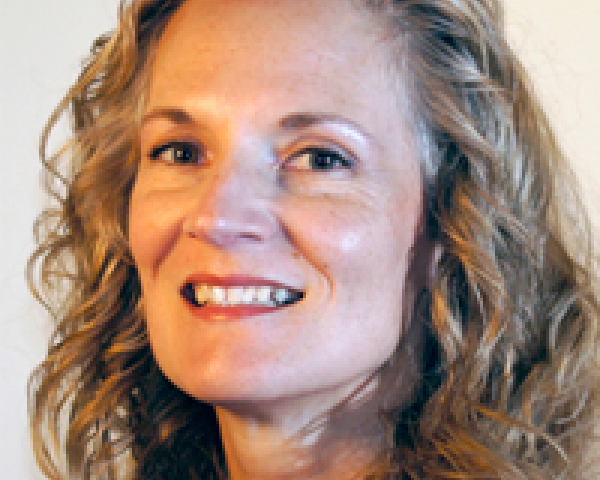[The other three parts of this series can be found
here and
here.]
“Power is the ability to define reality and to have other people respond to your definition as if it were their own.”
– Wade Nobles
“Words are powerful. Old and inaccurate descriptors, and the inappropriate use of these descriptors, perpetuate negative stereotypes and reinforce an incredibly powerful attitudinal barrier.”
– Kathie Snow
Workplaces are microcosms of society and can be powerful change agents when they create caring cultures through attention to how suicide and mental health are discussed.
It is difficult for us to write about language and mental health in a simple “Say this” and “Don’t say this” way, but we must strive to do better. Generally, clinicians dominate the discussion, but thoughtful language about mental health and suicide does not rest on diagnostic categories. Rather, it tries to communicate more clearly, accurately, individually and holistically about the experience. We must constantly look to find language that is dignified, empowering and inclusive as well as being as descriptive as possible.
See also: The Daily Grind Is Good for the Mind
It is not easy to find “the best” language, but we can do better.
1.
The terms that are used are often clinically based and clinically biased. The term “mental illness” puts the descriptor of a person in medical language, even though the person may not always wish to be identified based on a medical perspective. The medical model contributes to rampant oversimplification that looks like this: “All that has to be done is to get these ill people to seek treatment; they take a pill, and they are fixed!” Diagnosis serves the medical practitioner in treatment planning, but it does not provide good information or understanding about the whole person and encourages us to see a person only in terms of a medical condition. And diagnosis is often incorrect, so it should not be the focus of how we educate.
Although it is very common for people who have received a label regarding mental health or substance use to have a significant history of trauma, the correlation is ignored in the language, and often in treatment too. Only the set of “symptoms” currently seen is addressed. The trauma is not.
2.
The choice of words is not mindful. The word “suffering” is used often, as in “people who suffer from depression.” This paints a pathetic picture of nothing but suffering, which is a fallacy, while suggesting passive inaction.
Another common term is “the stigma of mental health.” In fact, the stigma is an attitude of prejudice toward a group of people. See below for suggested alternatives to the term.
3.
Terms promote “other than” thinking. The words “disorder” and “disability” inform us that those who fall into these categories are other than “ordered” or “able.” “Order” and “able” are the givens, the desirable things. “Dis” implies that a person described this way falls short. Consider this: the term “non-white” is not used to name a person who is other than Caucasian, because it would be deemed to be disrespectful. Unfortunately, we do not have a wording solution for mental health.
4.
Better terms require more words. We are forced to use terms that represent dominant culture mindsets, even though they are just labels, not the “truth.” For example, a better way of saying “a person who has a mental illness” could be to say: “a person who has the experience of having been assigned a medical label in the category called ‘mental illness.’“ But this makes writing and speaking very cumbersome.
5.
We do not have consensus around best language. Inside what is known as the recovery movement, we do not have consensus on best language, and that is okay. Let’s all keep thinking about this, talking to each other and pushing collectively toward better communication.
The chart below provides some principles of progressive language. The suggestions that appear in the right-hand column are far from perfect, and we hope that they will continue to adapt and improve. To fulfill our desire to support self-determination, please note that if a person with the lived experience of a mental health challenge wishes to identify himself using language from the left-hand side of the chart below, we support that choice.
(This is not an exhaustive list, and for reasons of space does not hold all the terms and usage that we wish would change.)



Portions of this chart have been adapted with permission from Each Mind Matters, California’s Mental Health Movement, funded by counties through the Mental Health Services Act (Prop 63).
See also: Why Mental Health Matters in Work Comp
Words matter, especially where there is such a long history of marginalization, misinformation and mystery around daunting topics. When it comes to language related to mental health, we may not have all the right answers, but many of us are in the struggle to do better.


 Portions of this chart have been adapted with permission from Each Mind Matters, California’s Mental Health Movement, funded by counties through the Mental Health Services Act (Prop 63).
See also: Why Mental Health Matters in Work Comp
Words matter, especially where there is such a long history of marginalization, misinformation and mystery around daunting topics. When it comes to language related to mental health, we may not have all the right answers, but many of us are in the struggle to do better.
Portions of this chart have been adapted with permission from Each Mind Matters, California’s Mental Health Movement, funded by counties through the Mental Health Services Act (Prop 63).
See also: Why Mental Health Matters in Work Comp
Words matter, especially where there is such a long history of marginalization, misinformation and mystery around daunting topics. When it comes to language related to mental health, we may not have all the right answers, but many of us are in the struggle to do better.









